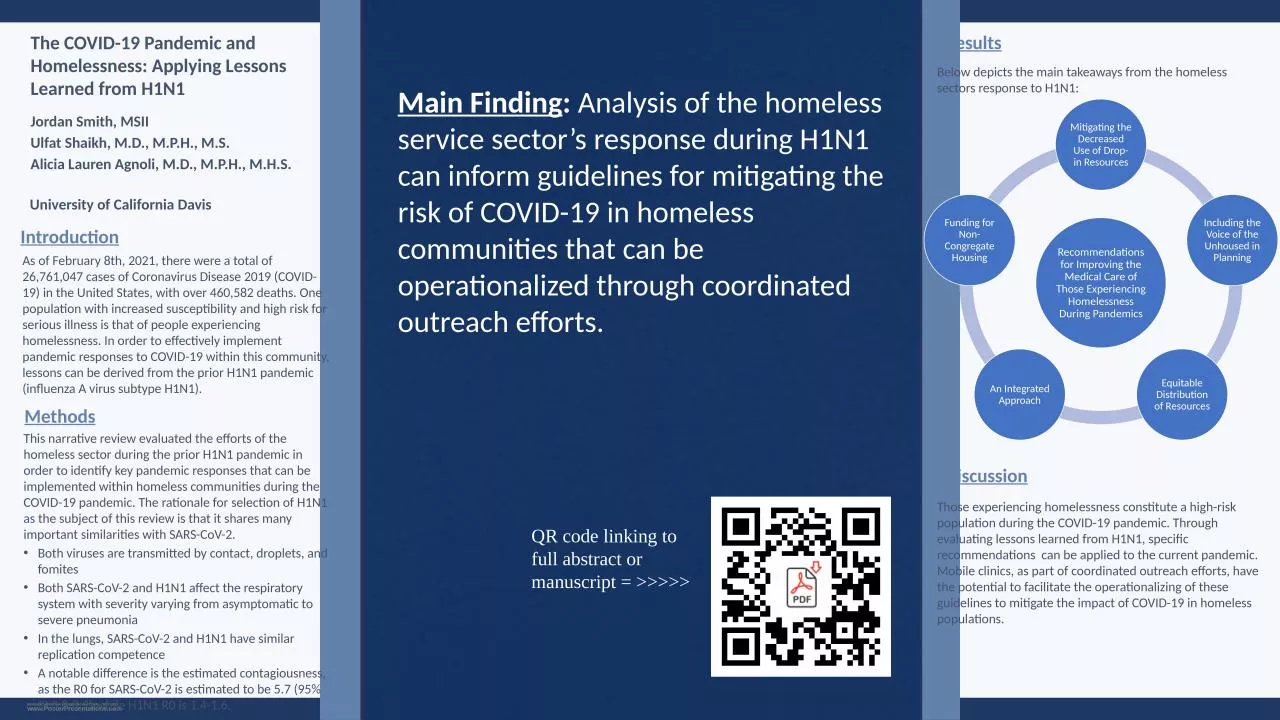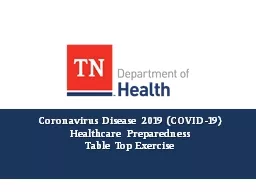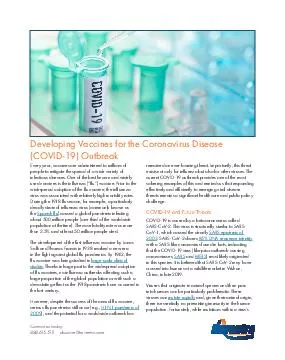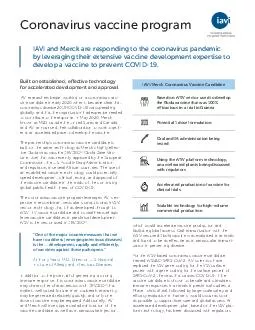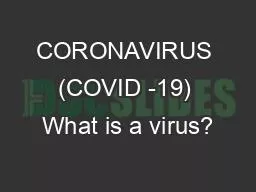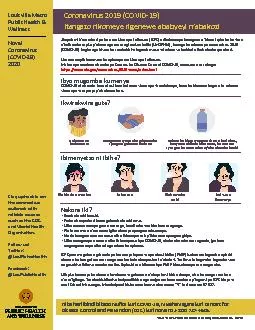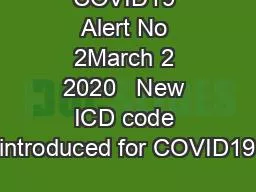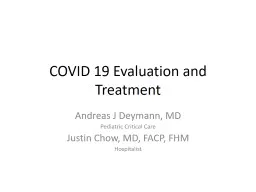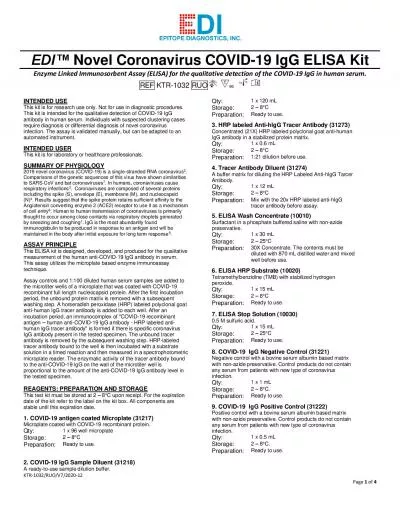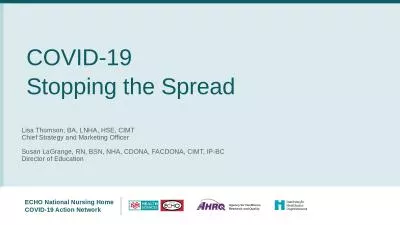PPT-As of February 8th, 2021, there were a total of 26,761,047 cases of Coronavirus Disease
Author : bethany | Published Date : 2023-10-25
Introduction Methods Discussion Those experiencing homelessness constitute a highrisk population during the COVID19 pandemic Through evaluating lessons learned from
Presentation Embed Code
Download Presentation
Download Presentation The PPT/PDF document "As of February 8th, 2021, there were a t..." is the property of its rightful owner. Permission is granted to download and print the materials on this website for personal, non-commercial use only, and to display it on your personal computer provided you do not modify the materials and that you retain all copyright notices contained in the materials. By downloading content from our website, you accept the terms of this agreement.
As of February 8th, 2021, there were a total of 26,761,047 cases of Coronavirus Disease: Transcript
Download Rules Of Document
"As of February 8th, 2021, there were a total of 26,761,047 cases of Coronavirus Disease"The content belongs to its owner. You may download and print it for personal use, without modification, and keep all copyright notices. By downloading, you agree to these terms.
Related Documents

